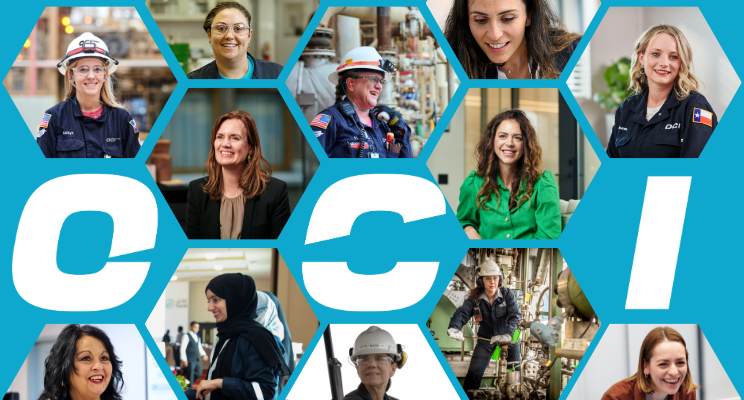By Maud De Vries, Chief Legal and Human Capital Officer
The business case for gender equality doesn’t need to be repeated. Research shows companies with women in executive management have stronger financial performance, and that more diverse teams, where different perspectives and experiences are brought to the table, perform better.
Although progress is being made towards a more gender equitable workforce, in the STEM sector improvement is especially slow. Women remain a minority; for example, the percentage of women STEM employees in the UK only increased 3% from 21% in 2016 to 24% in 2019.
For real change to happen, STEM businesses and their leaders need to take an active role. Prioritizing DE&I and creating comprehensive strategies is critical, as are events like the gender diversity session the International Fertilizer Association (IFA)’s 2023 annual conference in Prague, which create opportunities for knowledge sharing, networking and empowerment.
A global perspective
As a world-leading producer and distributor of nitrogen, methanol and hydrogen products with operations in four continents and a global footprint, we have an extremely diverse workforce. With employees of 56 different nationalities, multiple ethnicities, religions, cultures, backgrounds, experiences and identities, DE&I is a core priority for us, and we have developed a nuanced perspective on challenges and solutions on our journey so far.
Three key things that have worked for us:
1. Setting internal and external targets and consistently reporting on progress
As well as keeping us accountable, this has given us the data to identify our gaps and then craft tailored solutions to address those gaps. We’ve also included gender diversity in our leadership’s individual targets to lead behavioral change from the top and highlight that DE&I is a shared responsibility at all levels.
To create our targets and a basis for reporting, we first set baselines in 2019. From there we developed targets based on different groups and locations, considering the different cultural nuances in each location. Four years on from first setting those baselines, we have the framework to measure our progress and have been able to identify strengths and weaknesses against a clear benchmark.
2. Tailoring and diversifying our talent acquisition program
We want to bring the best and brightest talent into OCI, and part of that is ensuring that diverse candidates are set up for success. By training employees involved in recruitment in conscious and unconscious bias, we make sure that we’re bringing in the best people for the role as well as a range of experiences and perspectives. To support this, we are also making data-driven interventions, both quantitative ones such as introducing standard definitions, and qualitative ones such as focus groups and feedback sessions which allow us to improve the process for future candidates and take account of cultural nuances across our workforce.
Specific to gender diversity, we have been identifying positions where women are currently underrepresented, encouraging searches for female candidates, and hiring for potential where the role allows. More broadly we’re also ensuring both long and short lists have a quota for female candidates.
The early stage of a career is a huge area of opportunity for improving diversity, particularly for women in STEM. That’s why we’re committed to building both our own and the wider industry’s talent pipeline by encouraging more female co-ops, interns and apprentices, as well as supporting initiatives like the Society of Female Engineers conference in the US.
3. Creating an inclusive working environment
As well as bringing the right people in, we need to support and nurture our existing female talent. Feedback has been a crucial part of that, and we’ve maintained a good internal feedback loop through forums and focus groups to allow us to identify and quickly act on any shortfalls of initiatives that aren’t working.
Initiatives we have in place that we’ve found effective include the mentoring of women by our senior leadership, training and development programs, and specific attention for women during talent review and succession planning.
We still have work to do
There have also been valuable learnings along the way. For example, considering the diversity of our workforce and their cultural differences, we’ve found one-size-fits-all programs are not applicable, as each location has its own challenges and solutions.
We’re pleased with the progress we’ve made so far: We’ve increased the number of female employees at OCI by 36% since 2019, and we’re on track to meet our target of 25% women in leadership positions by 2025.
Opening up the conversation
However, there’s still a lot to do to address the gender imbalance in both our own company and our industry as a whole. Collaboration across the industry and support not just from women but from everyone will be crucial in driving real change. Talking about it is the first step, and sharing our experiences of what’s worked and what hasn’t helps us all to learn. By opening up the conversation, holding ourselves and one another accountable and creating the systems that bring in and nurture the best female talent, we’ll continue to move towards a more equal future for all.
Find out more about a career at OCI and how we’re supporting a diverse, equitable and inclusive workforce here.
This article was first published on LinkedIn on 23rd May 2023


